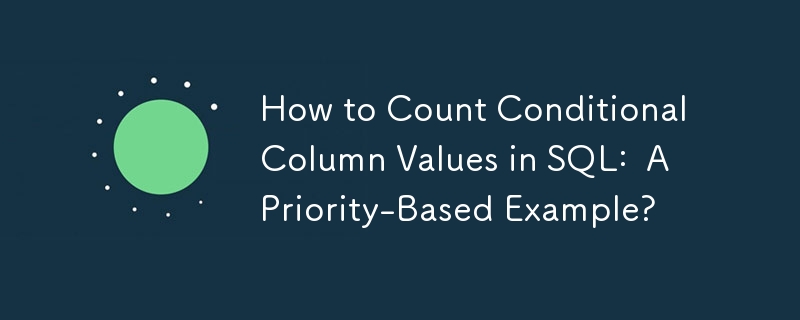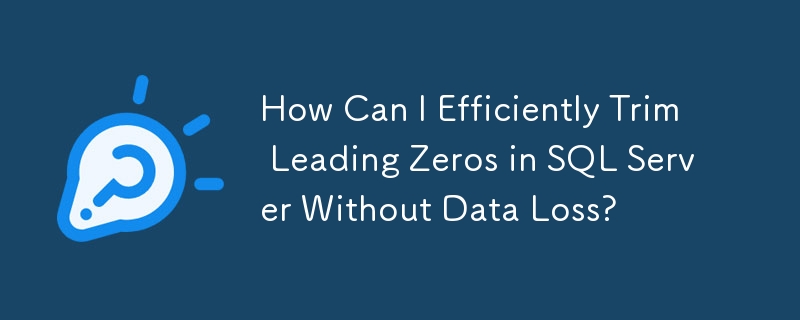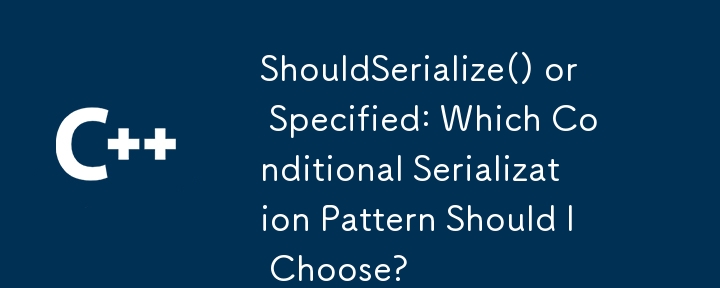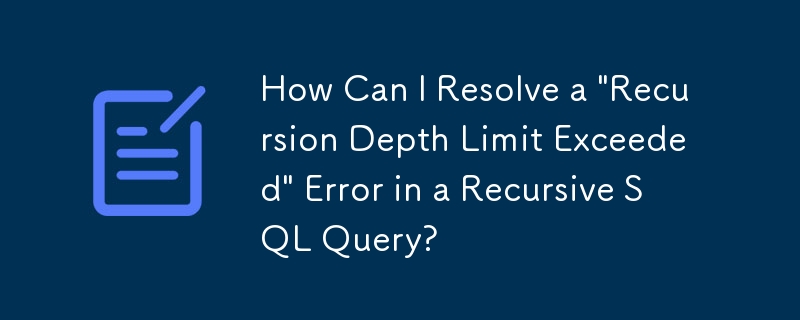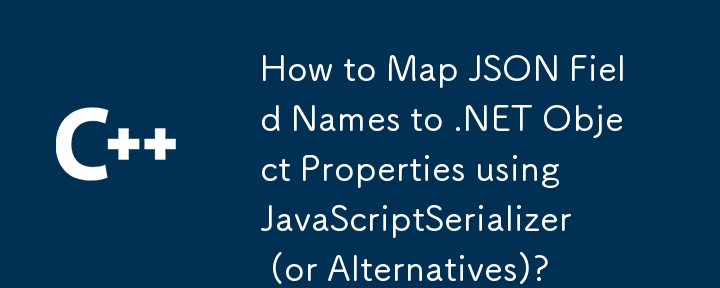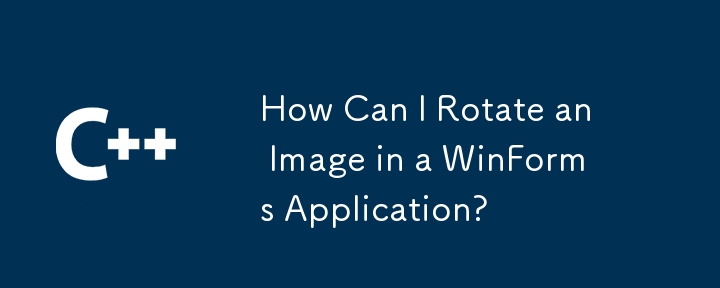Found a total of 10000 related content
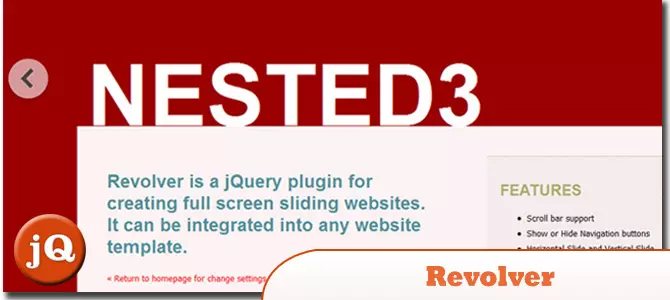
12 jQuery Fullscreen Plugins
Article Introduction:12 amazing jQuery full screen plug-ins to create a fascinating website!
Sometimes, full-screen websites are really cool! If a website looks plain, how long do you think visitors will stay? So, we have prepared some good stuff to help you: 12 jQuery full-screen plugins that give your website a stunning full-screen responsive effect! These plugins will add extraordinary visuals to your website. Ready?
Related recommendations:
100 jQuery picture/content slider plug-ins
30 jQuery responsive layout plug-ins
Revolver
A jQuery plugin for creating full-screen sliding websites. It can be integrated into any website template.
Source code
2025-02-25
comment 0
569
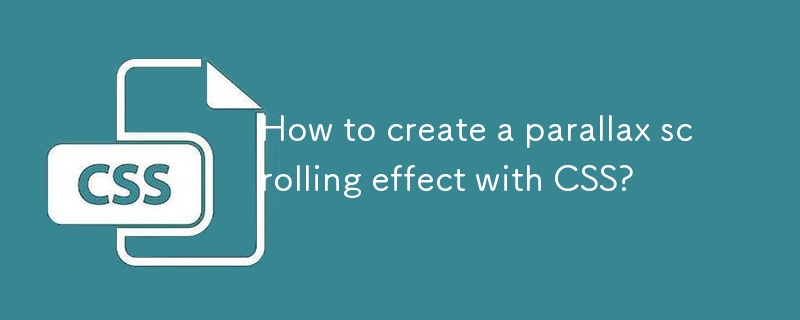
How to create a parallax scrolling effect with CSS?
Article Introduction:The parallax scrolling effect can be implemented using CSS. There are three specific methods: First, use the background-attachment attribute, set the background-attachment:fixed; make the background image fixed, forming visual misalignment; second, use transform:translateZ() and perspective to set multiple levels in HTML and give different depths to simulate the 3D scrolling effect; third, combine HTML, CSS and JavaScript, dynamically adjust the style by listening to scroll events to achieve more complex animation effects. These three methods are applicable to basic parallax, full-screen display websites and high-definition
2025-07-25
comment 0
922

The `allowfullscreen` Attribute for Iframes
Article Introduction:The allowfullscreen property is used for labels, allowing embedded content to be displayed in full screen. Common writing methods include allowfullscreen, allow="fullscreen" and allow="fullscreen;autoplay;encrypted-media", etc. It is recommended to use the standard writing method allow="fullscreen". If the full screen function does not take effect, it may be due to browser restrictions, parent page permission settings, or the content itself does not support it. In addition, you can finely control permissions through the allow attribute, such as allow="full
2025-07-17
comment 0
928


A shortcut: How to take a scrolling screenshot of full webpage
Article Introduction:Mac screenshots and scrolling guide: Easily capture web pages and scrolling content
Screenshots and sharing images on macOS devices are very simple, but when taking an entire web page or scrolling content, screenshots are often limited to the visible area of ??the screen. What if you need to intercept more content?
This article will introduce two convenient and fast methods to help you take screenshots of complete web pages and scroll content on your Mac. Once you subscribe to Setapp, you can use both methods for free and choose the one that works best for you. Learn how to capture web pages in full, print, copy to clipboard, add comments, and share easily.
Scroll screenshot
Capture full chat history, reports, or any scrollable content from a website or application.
Free trial complete screenshot of web pages, more
2025-04-15
comment 0
893
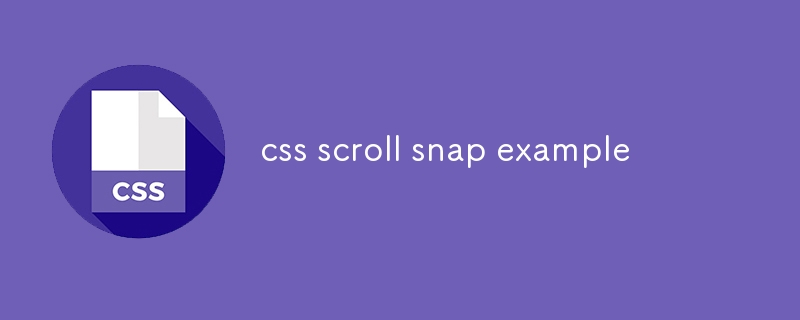
css scroll snap example
Article Introduction:CSSScrollSnap can achieve scroll adsorption effect, 1. Use scroll-snap-type:xmandatory adsorption in the horizontal direction; 2. Set scroll-snap-align:start alignment start position in the child element; 3. Ensure that each item takes up the container width through flex:00100%; 4. It can be expanded to vertical scroll, set overflow-y:scroll and height:100vh to achieve full screen scrolling; 5. Add::-webkit-scrollbar{display:none} to hide scroll bars to improve aesthetics, natively support keyboard and touch operations, no JavaScript is required
2025-07-24
comment 0
468

How to create a full-screen landing page with HTML and CSS?
Article Introduction:To create a full-screen landing page, you need to use HTML and CSS to combine viewport units and layout techniques. 1. Set the HTML structure and include viewport meta tags to adapt to mobile devices; 2. Use height:100vh to make the container occupy the full viewport height; 3. Use Flexbox to achieve vertical and horizontal centering of the content; 4. Use background-size:cover and background-position:center to ensure responsive display when adding background images; 5. Optimize the scrolling experience through scroll-behavior or JavaScript to ensure normal display and smooth interaction.
2025-07-07
comment 0
917

How to link to a specific part of a page in HTML?
Article Introduction:To achieve the function of jumping to a specific part in a web page, you can achieve it through the following steps: 1. Set a unique id for the target element; 2. Use the #id name to point to the id in the link's href attribute; 3. You can add scroll-behavior:smooth through CSS to achieve smooth scrolling effect; 4. Pay attention to ensuring that the id is unique and has a reasonable naming, avoiding Chinese or retaining keywords; 5. In mobile or single-page applications, you need to ensure that the target element has been loaded or used JavaScript to deal with offset issues.
2025-07-11
comment 0
505

How does server-side rendering (SSR) or static site generation (SSG) with frameworks like Nuxt.js improve Vue application performance and SEO?
Article Introduction:SSR and SSG significantly improve the performance and SEO of Vue applications by generating full HTML at server or build time. First, SSR returns to the rendered page when the user first visits, reducing the time of blank screens and speeding up the perceived loading speed; second, SSG pre-renders the page into a static file, simplifying deployment and speeding up content rendering; third, search engines can directly crawl content and metadata in HTML to improve SEO effect; fourth, Nuxt3 supports ISR, allowing static pages to be updated on demand, taking into account performance and dynamic content needs. Together, these methods optimize home screen experience, SEO performance and deployment flexibility.
2025-06-19
comment 0
637

What is the purpose of the element in an HTML document?
Article Introduction:The role of tags in HTML is to clearly identify the core content of the web page to improve accessibility and semantic structure. Its main uses include: 1. Improve auxiliary functions so that screen reader users can quickly jump to the main content and avoid duplicate navigation; 2. Enhance semantic structure to help search engines and developers identify the main body of the page more clearly; 3. Improve code maintainability and responsive design flexibility; 4. It can only be used once in a single page and cannot be nested in, , or within; 5. It is not suitable for cases where duplicate content across pages or dynamically loaded content is empty. Rational use of tags helps to optimize the structure and user experience of the website.
2025-06-22
comment 0
617


Dave The Diver: How To Catch Spider Crabs
Article Introduction:In Dave The Diver, there are some creatures that are not easy to catch. Or, catch alive that is. The spider crab is one of those very species, making it seem like the only way to bring these crustaceans back up to land is to viciously crack them up w
2025-01-10
comment 0
832
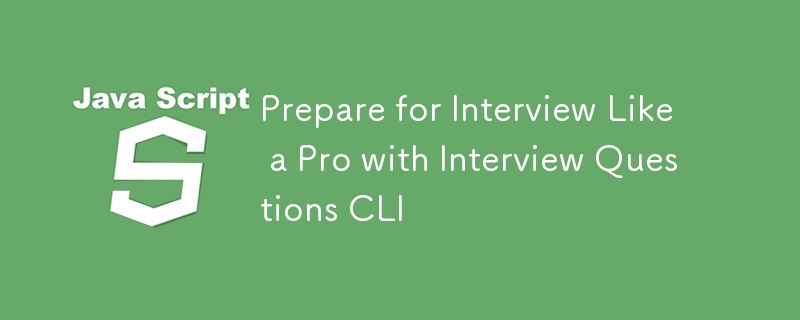
Prepare for Interview Like a Pro with Interview Questions CLI
Article Introduction:Prepare for Interview Like a Pro with Interview Questions CLI
What is the Interview Questions CLI?
The Interview Questions CLI is a command-line tool designed for JavaScript learners and developers who want to enhance their interview
2025-01-10
comment 0
1456
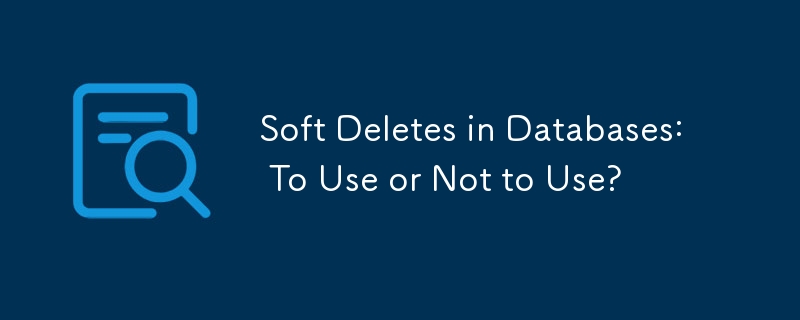
Soft Deletes in Databases: To Use or Not to Use?
Article Introduction:Soft Deletes: A Question of DesignThe topic of soft deletes, a mechanism that "flags" records as deleted instead of physically removing them, has...
2025-01-10
comment 0
1066










